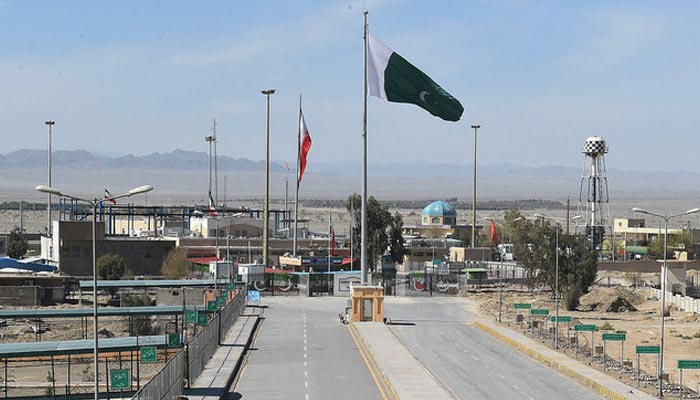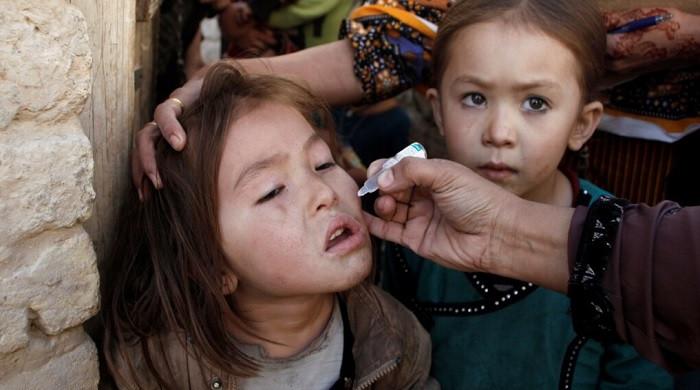Immigration facilities at Pak-Iran border ‘enhanced' to boost ties
Envoy Tipu says facilities at Taftan-Gabd substantially beefed up to facilitate Zaireen, business community
June 29, 2024

Pakistan’s Ambassador to Iran Muhammad Mudassir Tipu has said that immigration facilities on the border crossing point between the two countries have been enhanced to facilitate the business community and Zaireen (pilgrims).
“Absolutely delighted to share that to facilitate Zaireen, business community & promote bilateral trade- immigration facilities at Taftan & Gabd border have been substantially beefed up,” the envoy announced on his X official handle on Saturday.
“Now almost 4-6,000 passengers can cross both points everyday,” he said expressing hope that the ties between the two neighbourly countries are on a positive trajectory.

Last month, the Pakistani diplomat announced that the two countries had decided to operate the Taftan-Gabd border between them 24/7 in a bid to promote bilateral ties.
Following late Iranian president Ebrahim Raisi's visit to Pakistan in April this year, the two countries had agreed to turn the common border between the two states from a ‘border of peace’ to a ‘border of prosperity’. They reiterated the importance of cooperation in the energy domain, including trade in electricity, power transmission lines and Iran-Pakistan gas pipeline project.
Both sides had also underscored the imperative of a long-term durable economic partnership and collaborative regional economic and connectivity model, particularly for socio-economic development in Iran’s Sistan-Balochistan and Pakistan’s Balochistan provinces.
The two countries, as per the Foreign Office statement, had agreed to expeditiously finalise the free trade agreement (FTA) and boost their bilateral trade to $10 billion over the next five years through joint economic projects, setting up of joint border markets, economic free zones, and new border openings.











